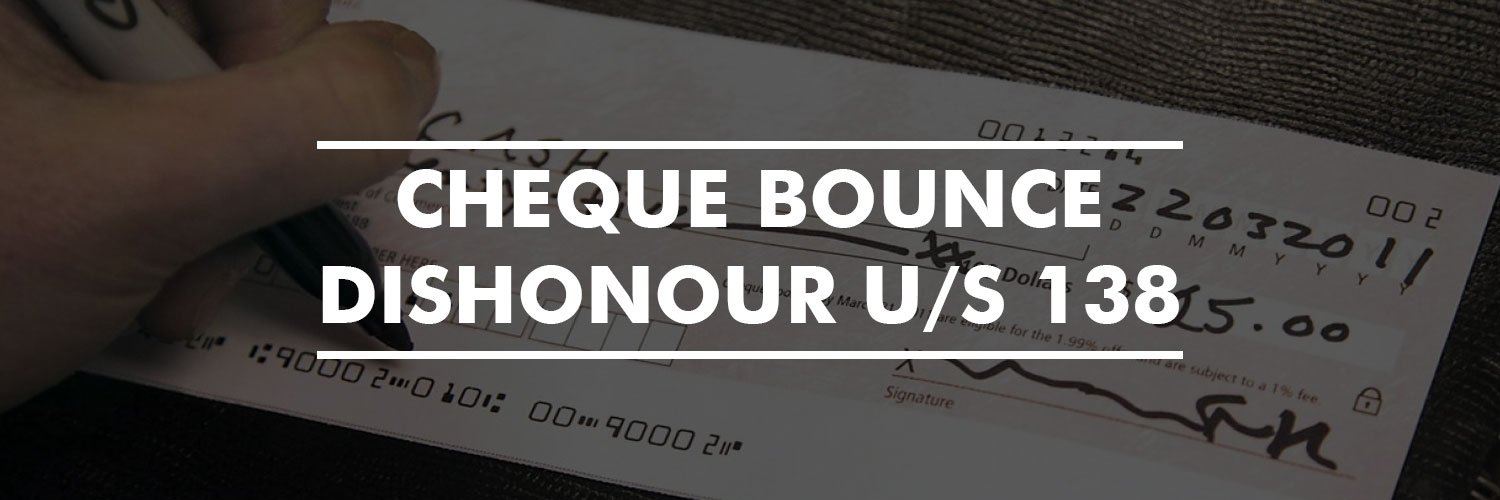Indian banks and financial institutions have long grappled with the challenge of recovering debts and enforcing securities from borrowers who default on their obligations. Due to the cumbersome and inconsistent nature of the existing recovery procedures, the Narasimham Committee of 1991 proposed the establishment of specialized tribunals like Debt Recovery Tribunals (DRTs) and Debt Recovery Appellate Tribunals (DRATs) to streamline these processes. This recommendation ultimately led to the enactment of the Recovery of Debts Due to Banks and Financial Institutions Act (“RDDBFI”) in 1993, granting DRTs and DRATs the authority to adjudicate debt recovery cases. Since their inception, there are currently 39 DRTs and 5 DRATs operational across the country.
According to Section 4 of the RDDBFI Act, a Tribunal is to be constituted with a single member, referred to as the “Presiding Officer.” This appointment is made by the Central Government through a formal notification. Additionally, with the Central government’s authorization, the Presiding Officer (referred to as “PO”) of one Tribunal may also perform the duties of a Presiding Officer for another Tribunal. The PO is appointed for a term lasting 5 years or until reaching the age of 62, whichever comes first. Furthermore, the PO must possess the qualifications required for a District Judge.
The pecuniary limit for cases heard by Debt Recovery Tribunals (DRTs) is set at a minimum debt value of Rs. 10 lakhs. If the debt amount is lower than this threshold, banks and financial institutions, also known as creditors, must approach a civil court under the Civil Procedure Code (CPC) for recovery proceedings.
Section 17 of the RDDBFI Act empowers Debt Recovery Tribunals (DRTs) to consider and process applications from banks and financial institutions seeking to recover loans. Meanwhile, the Debt Recovery Appellate Tribunal (DRAT) serves as the Appellate Tribunal, with the authority to hear appeals against any decisions made by a DRT under the Act. It’s essential to note that the Supreme Court has ruled that DRTs and DRATs are not competent to handle cases involving matters like succession rights of property or the issuance of receipts; their jurisdiction is strictly limited to the cases specified in Section 17 of the Act.
Furthermore, Section 18 of the Act prohibits other courts from adjudicating on debt-related matters, except for the Supreme Court and High Courts, which derive their authority from Article 226 and Article 227 of the Constitution.
Debt Recovery Process:
The Application Procedure Section 19 of the RDDBFI Act outlines the criteria for submitting an application to a Debt Recovery Tribunal (DRT). This application can be initiated by a bank or financial institution, provided that the DRT holds jurisdiction over the area where the defendant resides or conducts their business. Additionally, if the cause of action partially or entirely falls within the DRT’s jurisdiction, an application can be filed there. Alongside the application, the required fees must be submitted.
SARFAESI Route:
An alternative route involves submitting an application to a DRT under the Securitisation and Reconstruction for Enforcement of Security Interest Act (SARFAESI) of 2002. SARFAESI empowers secured creditors to seize a debtor’s assets when they fail to meet their financial obligations. However, situations may arise where these assets cannot cover the entire debt. In such cases, creditors have the option to file an application with the DRT to recover the outstanding dues. Furthermore, borrowers, as per Section 17 of the SARFAESI Act, retain the right to appeal to the DRTs against the creditor’s determinations.
Procedures After Submitting an Application:
DRTs and DRATs utilize summary proceedings to streamline court processes. According to Section 19(12) of the Act, DRTs have the authority to issue interim orders against the borrower, preventing them from disposing of or transferring any of their assets without prior approval from the Tribunal. Additionally, DRTs can even detain the borrower for a maximum period of three months in case of non-compliance with orders or breaches of regulations outlined in Sections 19(12), 19(13), or 19(18) of the RDDBFI Act.
In cases where an application is filed through the standard application route, the expected timeframe for case completion is 180 days. However, when an application is made to the DRT under the SARFAESI Act, cases are required to be resolved within 60 days to a maximum of four months. Should this timeframe be exceeded, either party can, under Section 16 of the SARFAESI Act, appeal to the DRAT to instruct the DRT to expedite the pending application.
Section 19(4) mandates that when an application is submitted to a DRT, the defendant must receive a summons, compelling them to respond within 30 days, explaining why the requested relief should not be granted. The defendant may submit a written response, and the Tribunal can grant additional time if needed. In exceptional circumstances, the defendant can file a counter-claim against the complainant regarding the alleged sum of money, but this is typically allowed only during the initial hearing unless expressly permitted by the Tribunal.
Following the DRT’s decision, the Presiding Officer issues a certificate to the Recovery Officer, specifying the debt amount for recovery. The Recovery Officer has the authority to attach, sell, or appoint a receiver to manage the defendant’s assets in order to recover the debt. Additionally, DRTs possess the power to obtain a police warrant for the arrest of the defendant in such cases.
Procedure for Debt Recovery Appellate Tribunals (DRATs)
- Location of DRATs: In India, there are five Debt Recovery Appellate Tribunals (DRATs) located in Mumbai, Delhi, Kolkata, Chennai, and Allahabad.
- Filing an Appeal with DRAT: According to Section 20(3) of the RDDBFI Act, an appeal to the DRAT must be filed within 45 days from the date the appellant receives a copy of the order from the Tribunal. However, there is a provision (proviso to 20(3)) that allows the Appellate Tribunal to accept an appeal even after the 45-day period if there is a valid reason to indicate that the appeal could not have been filed earlier.
- Interim Relief and Miscellaneous Applications: DRATs can also be approached for interim relief through interim applications or miscellaneous applications, which are part of the original applications.
- Costs and Deposits: DRATs are known to be relatively expensive. An aggrieved party is required to deposit a significant amount, which is typically 75% of the total amount determined by the order of the Debt Recovery Tribunal (DRT). However, if the matter is under the SARFAESI Act, the deposit limit is reduced to 50% of the amount claimed by the creditor. These substantial deposit requirements can often deter defendants from appealing to the DRATs due to financial constraints.
In summary, the procedure for appealing to a DRAT involves filing the appeal within 45 days of receiving the DRT’s order, with provisions for considering appeals filed after this period under certain circumstances. DRATs can also handle interim relief and miscellaneous applications, but the costs and deposit requirements can be prohibitive for many appellants, especially in cases under the RDDBFI Act.
Changes in Debt Recovery Tribunals (DRTs) after the Insolvency and Bankruptcy Code (IBC)
The introduction of the Insolvency and Bankruptcy Code, 2016 (IBC) brought significant changes to the legal framework surrounding bankruptcy and insolvency in India, impacting DRTs in the following ways:
- Expansion of Jurisdiction: The IBC expanded the jurisdiction of DRTs beyond their previous focus solely on banks and financial institutions. The title of the Debt Recovery Tribunal Act (RDDBFI Act) was amended to include bankruptcy proceedings for individuals and partnership firms, broadening the scope of cases that DRTs can handle.
- Central Government’s Power: A new provision was added to the RDDBFI Act under Section 3(1A), which grants the Central Government the authority to determine the number of DRTs and benches required, giving them flexibility in establishing these tribunals as needed.
- Appeals to DRATs: Amendments were made to Section 8, allowing parties to appeal matters against orders issued by the Adjudicating Authority under Part III of the IBC to the Debt Recovery Appellate Tribunals (DRATs). This change provided a structured mechanism for appeals related to insolvency matters.
- Expanded Reach and Powers: Section 17 of the RDDBFI Act was modified to enable DRTs to hold circuit sittings in all district headquarters. Additionally, both DRTs and DRATs were granted the jurisdiction and authority to entertain applications under Part III of the IBC. This extension of their powers and reach allowed them to handle a broader range of cases related to insolvency and debt recovery.
These changes reflect the alignment of the RDDBFI Act with the overarching framework of the IBC, streamlining the legal procedures related to bankruptcy and insolvency and ensuring a more comprehensive approach to debt recovery in India.
In conclusion, the current legal landscape in India, particularly involving the insolvency and debt recovery processes, is marked by complexity and challenges. Several factors contribute to this complexity which include
- Multiplicity of Forums: The existence of multiple forums, including Debt Recovery Tribunals (DRTs) and the National Company Law Tribunal (NCLT), for addressing debt recovery and insolvency matters has led to confusion and overlapping proceedings.
- Disposal Rate Concerns: DRTs are grappling with a high number of pending cases, and their disposal rates are a cause for concern. The inefficiency in clearing the backlog of cases adds to the challenges of the debt recovery process.
- Interpretation of Laws: The presence of various company-related legislations, including the Insolvency and Bankruptcy Code (IBC), the SARFAESI Act, and the DRT Act, necessitates careful interpretation and coordination. The interplay of these laws often creates ambiguity.
- Overlapping Proceedings: The simultaneous initiation of proceedings before civil courts, DRTs, and NCLT for the recovery of the same debt contributes to an inefficient and time-consuming insolvency regime.
Addressing these challenges requires a comprehensive approach, including streamlining the legal framework, enhancing the efficiency of DRTs, and providing clarity on the jurisdiction and coordination between different forums. Achieving a more efficient and coherent insolvency and debt recovery system in India remains a critical goal for legal and regulatory authorities.
This article is written and submitted by Kanav Singla. The author can be reached out at kanav@bnblegal.com.









